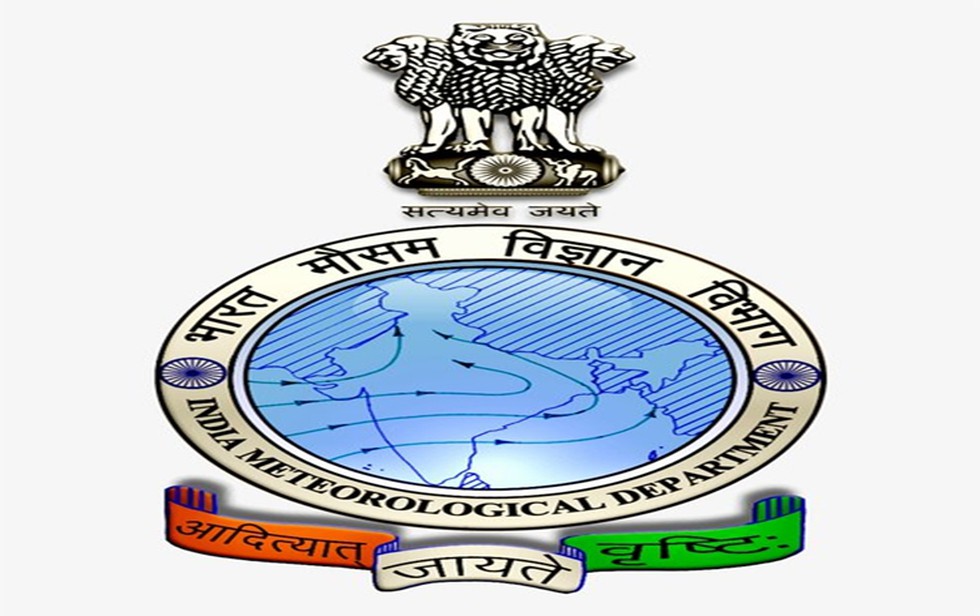
About Heat index:
- Heat index is a measure of how hot it feels when humidity is factored in along with the air temperature, and the figures were calculated using data from the India Meteorological Department (IMD).
- It is also known as the apparent temperature.
- When the body gets too hot, it begins to perspire or sweat to cool itself off.
- If the perspiration is not able to evaporate, the body cannot regulate its temperature.
- Evaporation is a cooling process. When perspiration is evaporated off the body, it effectively reduces the body's temperature. When the atmospheric moisture content (i.e. relative humidity) is high, the rate of evaporation from the body decreases.
- In other words, the human body feels warmer in humid conditions. The opposite is true when the relative humidity decreases because the rate of perspiration increases.
- The body actually feels cooler in arid conditions.
- There is direct relationship between the air temperature and relative humidity and the heat index, meaning as the air temperature and relative humidity increase (decrease), the heat index increases (decreases).
2. Food Street Project
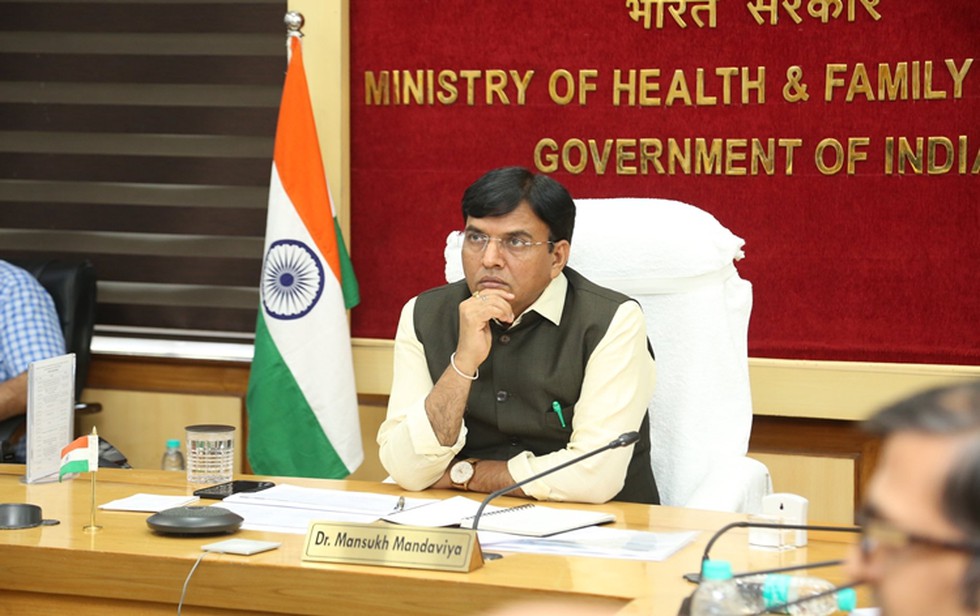
About:
- It is aimed at developing 100 healthy and hygienic food-streets across the country.
- The project seeks to encourage safe and healthy food practices, reduce foodborne illnesses and improve overall health outcomes.
- To operationalize the food streets, the National Health Mission will provide assistance of one crore rupees per food street.
- Financial assistance would be provided for activities such as the provision of safe drinking water, hand washing, toilet facilities, and appropriate liquid and solid waste disposal.
- The initiative will be implemented through NHM in convergence with the Ministry of Housing and Urban Affairs.
- The Health Ministry has taken various steps to improve the hygiene and food safety standards protocols for food street hubs.
- These initiatives include training of food handlers, independent third-party audits, and certification under the Clean Street Food Hub initiative of the Eat Right India movement.
3. India's G20 Sherpa
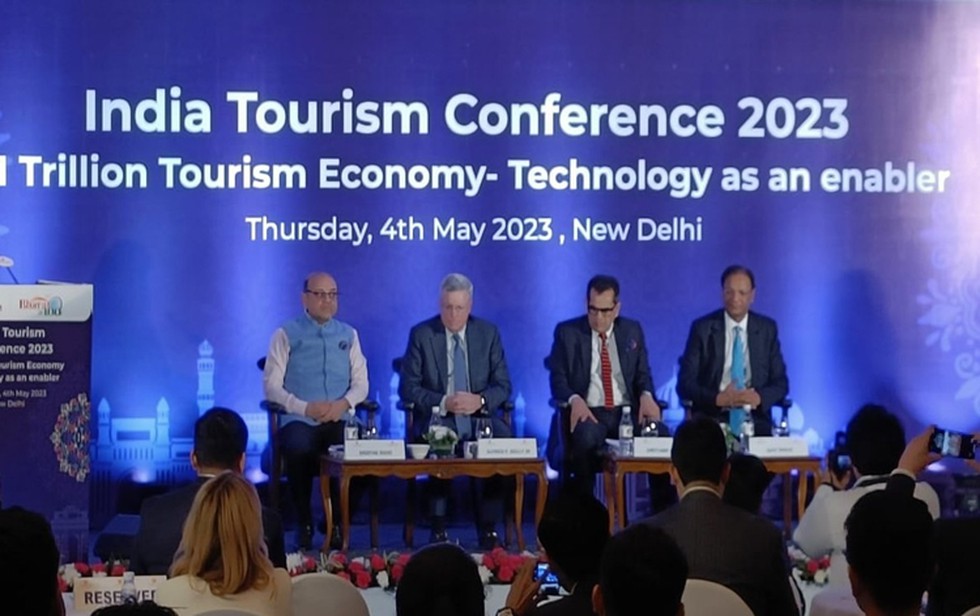
About:
- Who are they? A Sherpa is a personal representative of the leader of a member country at an international Summit meeting such as the G8, G20, the Nuclear Security Summit etc.
- Task: The Sherpa engages in planning, negotiation and implementation tasks through the Summit. They coordinate the agenda, seek consensus at the highest political levels, and participate in a series of pre-Summit consultations to help negotiate their leaders’ positions.
- Who are appointed Sherpas? Sherpas are career diplomats or senior government officials appointed by the leaders of their countries.
- Etymology: The term is derived from the Nepalese Sherpa people, who serve as guides for mountaineers in the Himalayas.
4. The US Federal Reserve
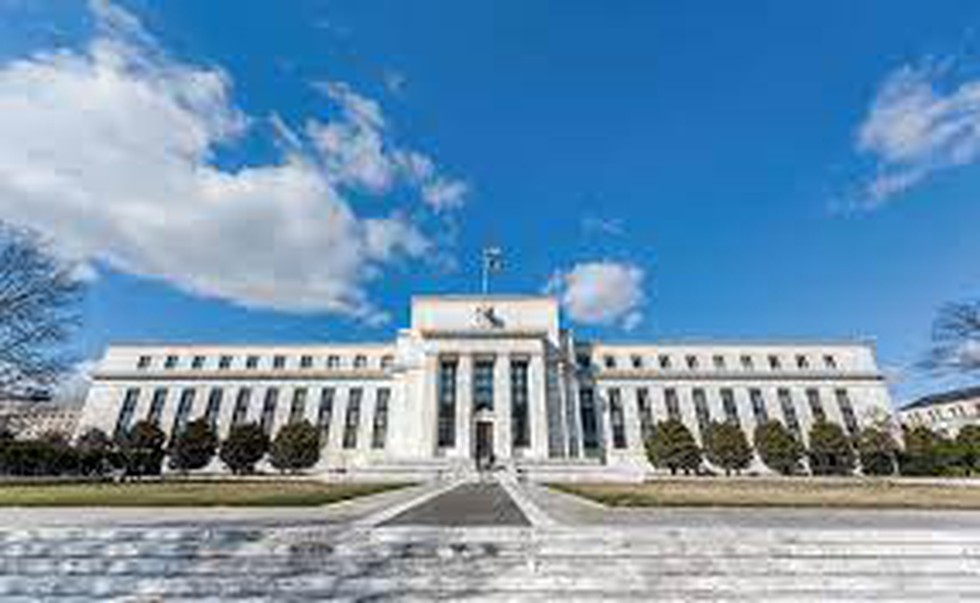
About the US Federal Reserve:
- The US Federal Reserve, often referred to in short as "The Fed", is the central banking system of the United States of America, created in 1913.
- Events such as the Great Depression (1930s) and the Great Recession (2000s) have resulted in its roles and responsibilities expanding over time.
- It consists of three major entities - the Board of Governors, the Federal Reserve Banks and the Federal Open Market Committee (FOMC).
- The Fed takes the Monetary policy actions (such as raising or reducing the benchmark interest rate) to influence the availability and cost of money and credit to help promote national economic goals.
5. World Bank Group
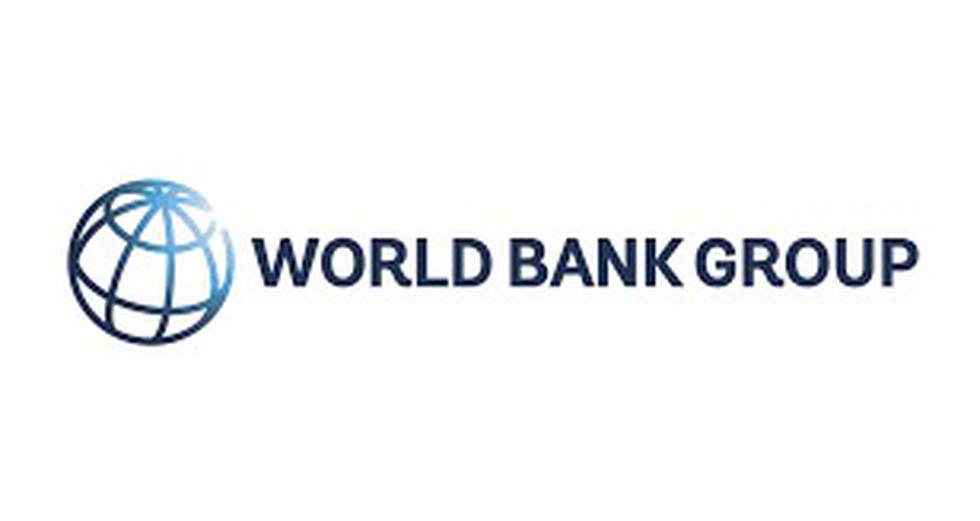
About:
- The WB is an international financial institution that provides loans and grants to the governments of low and middle-income/developing countries for the purpose of pursuing capital projects.
- It was established along with the IMF at the 1944 Bretton Woods Conference.
- The WB is the collective name for the International Bank for Reconstruction and Development (IBRD) and International Development Association (IDA), two of five international organisations owned by the WB Group.
- The WB Group, which is the parent organisation of the WB, includes -
- IBRD: It provides loans, credits and grants.
- IDA: It provides low or no-interest loans to low-income countries.
- International Finance Corporation (IFC):It provides investment, advice and asset management to private companies and governments.
- Multilateral Guarantee Agency (MIGA): It insures lenders and investors against political risk such as war.
- International Centre for the Settlement of Investment Disputes (ICSID): It settles investment-disputes between investors and countries.
- These all serve the dual objectives of the WB Group, which are to end extreme poverty by 2030 and increase shared prosperity for the bottom 40% of the population worldwide.
- As of 2022, the WB is run by a President and 25 executive directors. IBRD and IDA have 189 and 174 member countries, respectively, and the S., Japan, China, Germany and the U.K. have the largest voting power.
What is the Leadership of the WB?
- The President of the WB, who is the President of the entire WB Group, is responsible for chairing meetings of the boards of directors and for overall management of the Bank.
- Traditionally, the President of the Bank has always been a U.S. citizen nominated by the US, the largest shareholder in the bank.
- The nominee is subject to confirmation by the board of executive directors to serve a five-year, renewable term.
- The boards of directors consist of the WB Group President and 25 executive directors. The President is the presiding officer and ordinarily has no vote except to break a tie.
- The executive directors as individuals cannot exercise any power or commit or represent the Bank unless the boards specifically authorised them to do so.
6. Channapatna Toys
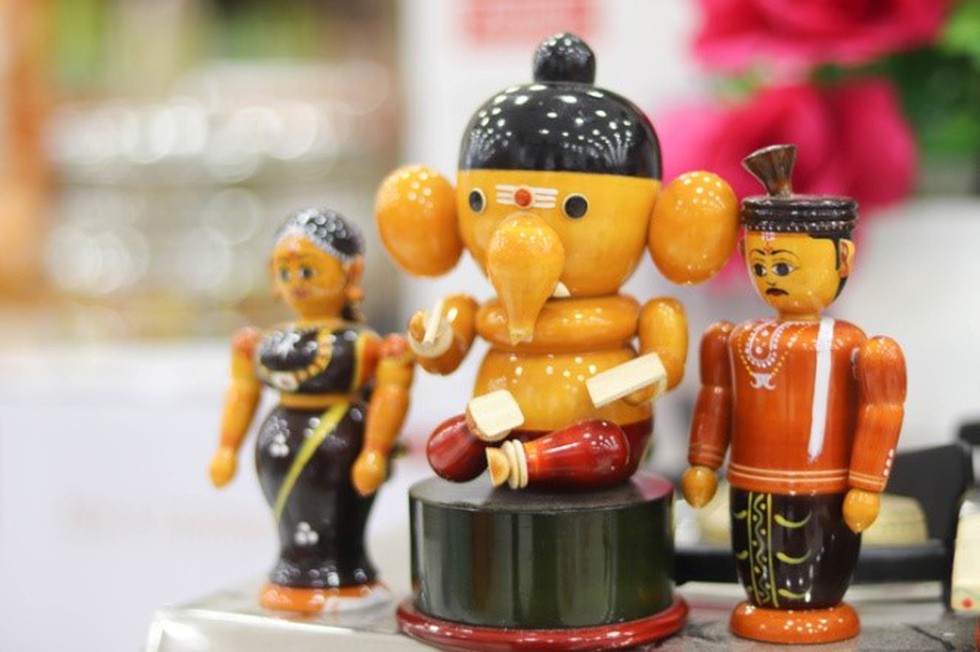
About Channapatna Toys:
- Channapatna toys are a particular form of wooden toys and dolls that are manufactured in the town of Channapatna in the Ramanagara district of Karnataka.
- Channapatna is also known as Gombegala Ooru (toy-town).
- History:
- The historic ruler of Mysore, Tipu Sultan, is the one attributed to introducing these wooden toys to the current town of Channapatna.
- He invited artists from Persia to train the local artists in wooden toy making, which then helped this industry thrive locally.
- Features:
- Most of these toys are handmade.
- They are also painted in organic colours extracted from vegetables and plants and natural dyes, making the Channapatna Toys 100% chemical free.
- Traditionally, they are mostly made of Ivory Wood. However, nowadays, sandalwood and mango wood are also used.
- Their shapes are mostly round and cubes with blunt edges, so they are completely safe for kids.
- They received the geographical indication (GI) tag in 2005.
7. Key facts about Meitei Community
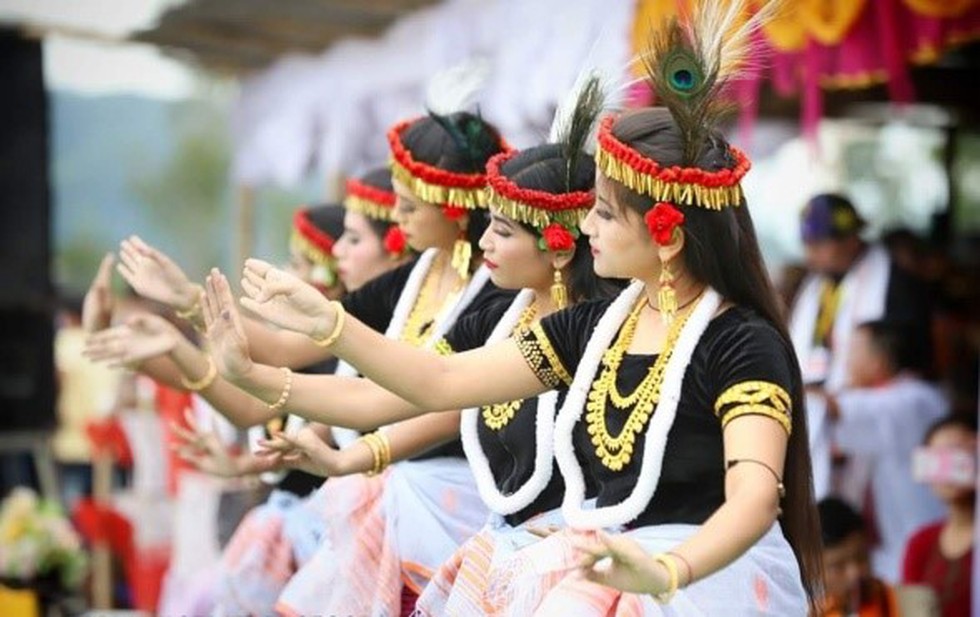
About Meitei Community:
- The Meitei people, also known as the Manipuri people, are the predominant ethnic group of Manipur State.
- They speak the Meitei language (officially called Manipuri), one of the 22 official languages of India and the sole official language of Manipur State.
- Distribution:
- The Meiteis primarily settled in the Imphal Valley region in modern-day Manipur, though a sizable population has settled in the other Indian states of Assam, Tripura, Nagaland, Meghalaya, and Mizoram.
- There is also a notable presence of Meitei in the neighbouring countries of Myanmar and Bangladesh.
- The Meitei ethnic group represents about 53% of Manipur's population.
- Clans: They are divided into clans, the members of which do not intermarry.
- Economy: Rice cultivation on irrigated fields is the basis of their economy.
- Religion: A majority follow Hinduism, while more than 8% are Muslims.
What is Yaoshang Festival?
- It is celebrated by the Meitei people at the same time as Holi and is known as ‘Manipur’s version of Holi’.
- The five-day-long celebration begins with the burning of ‘yaoshang’(a small thatch hut/straw hut), which is constructed with bamboo and straws on the first day.
- The highlight of the festival is the ThabalChongba, a traditional Manipuri folk dance where boys and girls hold hands and sing and dance in a circle.
- The festival marks the rejuvenation of the spirit of life and commemorates the birthday of Chaitanya Mahaprabhu.
8. Protection of Children from Sexual Offences Act (POCSO Act)
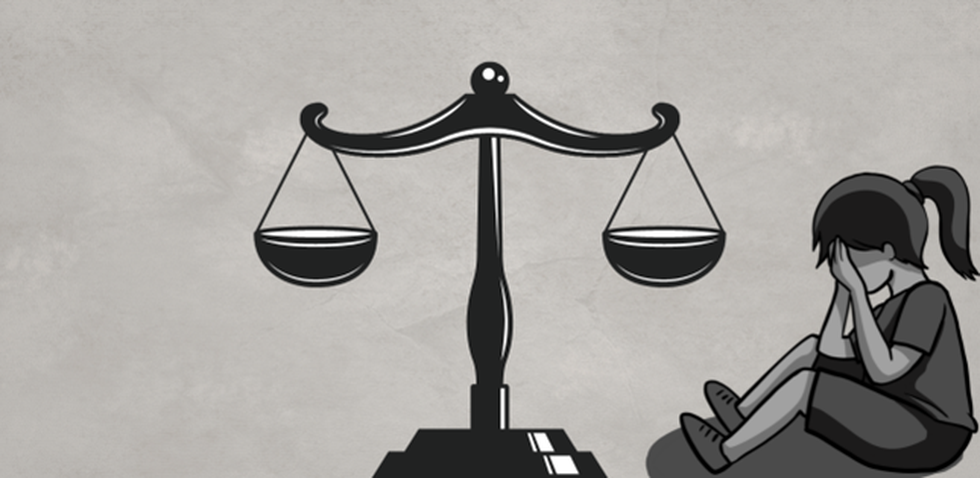
About Protection of Children from Sexual Offences Act (POCSO Act):
- It is the first comprehensive law in India dealing specifically with the sexual abuse of children, enacted in 2012.
- It is administered by the Ministry of Women and Child Development (MoWCD).
- Objective: The Act was designed to protect children aged less than 18 from sexual assault, sexual harassment and pornography offences and provide for the establishment of Special Courts for the trial of such offences and related matters and incidents.
- Salient Features:
- Gender-neutral law: The POCSO Act establishes a gender-neutral tone for the legal framework available to child sexual abuse victims by defining a child as “any person” under the age of 18.
- It defines various types of sexual abuse, such as penetrative and non-penetrative assault, as well as sexual harassment and pornography.
- It considers a sexual assault to be aggravated in certain circumstances, such as when the abused child is mentally ill or when the abuse is committed by someone in a position of trust or authority over the child, such as a family member, etc.
- People who traffic children for sexual purposes are also punishable under the provisions relating to abetment in the Act.
- The attempt to commit an offence under the Act has been made liable for punishment for upto half the punishment prescribed for the commission of the offence.
- No time limit for reporting abuse: A victim can report an offence at any time, even a number of years after the abuse has been committed.
- Mandatory reporting: The Act also makes it the legal duty of a person aware of the offence to report sexual abuse. In case s/he fails to do so, the person can be punished with six months imprisonment or a fine.
- Safeguards to victims: The Act incorporates child-friendly procedures for reporting, recording of evidence, investigation and trial of offences. These include:
- Recording the statement of the child at the residence of the child or at the place of his choice, preferably by a woman police officer not below the rank of sub-inspector.
- No child is to be detained in the police station at night for any reason.
- Police officers to not be in uniform while recording the statement of the child.
- The statement of the child is to be recorded as spoken by the child.
- Medical examination of the child is to be conducted in the presence of the parent of the child or any other person in whom the child has trust or confidence.
- No aggressive questioning or character assassination of the child in-camera trial of cases.
- The Act specifically laid down that the child victim should not see the accused at the time of testifying and that the trial be held in camera.
- It also required that the Special Court complete the trial, as far as possible, within a period of one year from the date of cognisance.
Amendment to the Act:
- The Act was amended for the first time in 2019to enhance the punishments for specific offences in order to deter abusers and ensure a dignified childhood.
- This amendment enhanced the punishment to include the death penalty for aggravated penetrative sexual assault of the child.
- It also provides for levy of fines and imprisonment of up to 20 years to curb child pornography.
9. World Press Freedom Index 2023
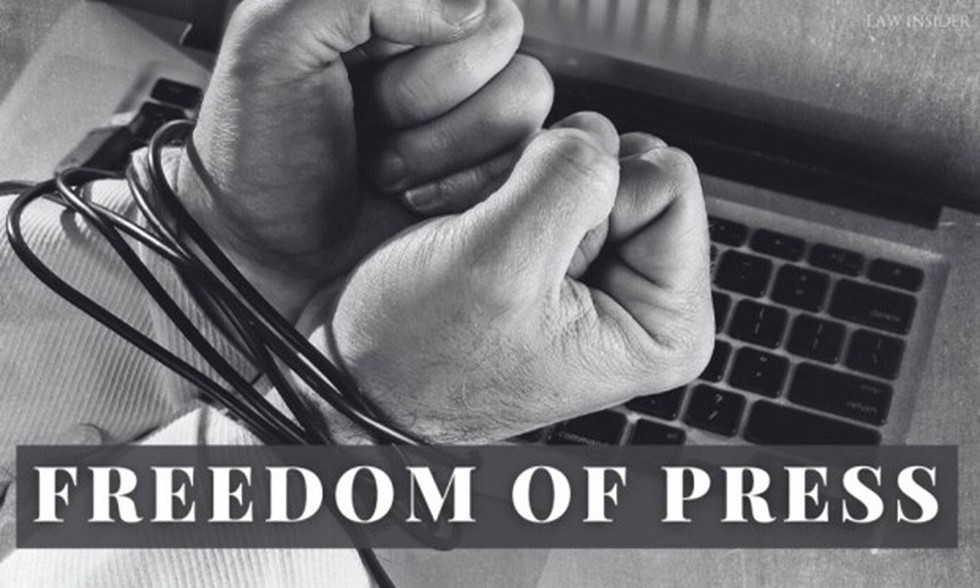
About World Press Freedom Index 2023:
- It is an annual report published by the global media watchdog Reporters Without Borders (RSF).
- Purpose: Compare the level of freedom enjoyed by journalists and media in 180 countries and territories.
- The ranking is based on five categories -- political, legislative, economic, sociocultural and safety of journalists.
- Highlights of the 2023 Report:
- India is ranked 161 out of 180 countries. Press freedom in India has gone from “problematic” to “very bad”, with the country slipping 11 ranks since the 2022 report.
- Except for Bangladesh (163), Myanmar (173) and China (179), all other neighbours have a better rank than India -- Bhutan (90), Nepal (95), Sri Lanka (135), Pakistan (150), Afghanistan (152).
- India was positioned 169 in political indicators while it was 144 in legislative, 155 in economic, 143 in social indicators and 172 in the safety of journalists.
- Norway is ranked first for the seventh consecutive year.
Key Facts about Reporters Without Borders (RSF):
- It is an international NGO whose self-proclaimed aim is to defend and promote media freedom.
- Headquarters: Paris, France.
- It has consultative status with the United Nations.
- RSF defines press freedom as “the ability of journalists as individuals and collectives to select, produce, and disseminate news in the public interest independent of political, economic, legal and social interference and in the absence of threats to their physical and mental safety.”
10. Tawang Monastery
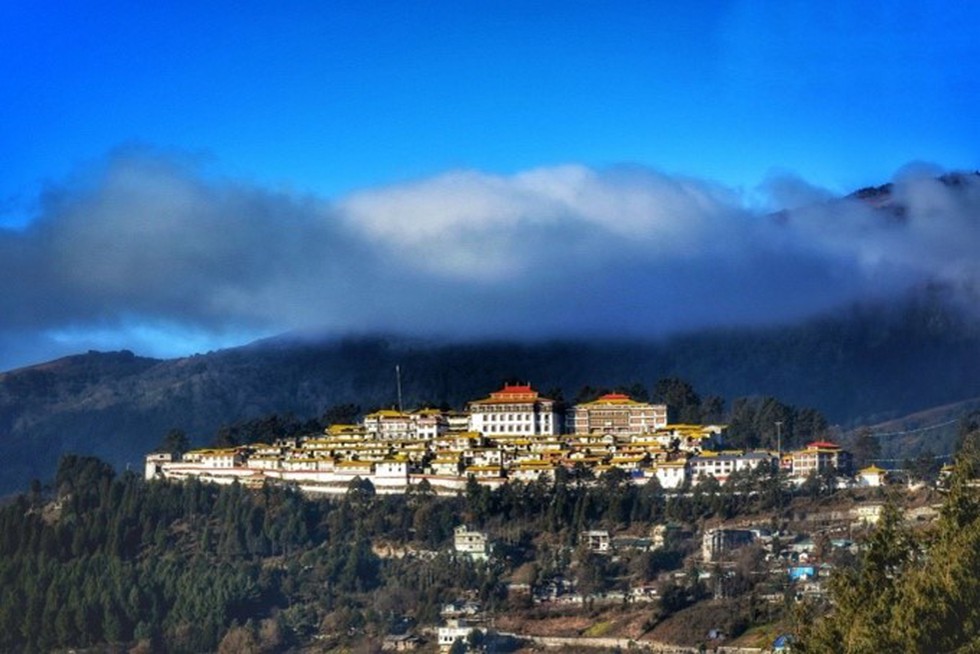
About Tawang Monastery:
- Location:
- It is located in the Tawang district in Arunachal Pradesh.
- It is situated on a mountain in the town of Tawang at an altitude of over 3000 m.
- It is the largest monastery in India and the second largest in the world after the Potala Palace in Lhasa, Tibet.
- It is known in Tibetan as GaldenNamgeyLhatse, which translates to "celestial paradise in a clear night."
- It was founded by Merak Lama LodreGyatso in 1680-1681 in accordance with the wishes of the 5th Dalai Lama, NgawangLobsangGyatso.
- It belongs to the Gelug school of Mahayana Buddhism.
- Structure:
- The monastery is three stories high and is enclosed by a 282 m-long compound wall.
- The 8 m high gilded statue of Lord Buddha dominates the sanctum.
- It has a residential building for the monks, a library, a museum and a school for basic education.
- The monastery has many ancient scriptures, including the Kangyur, a collection of the teachings of the Buddha, and the Tengyur, a collection of commentaries on the teachings of the Buddha.
Gelug school of Mahayana Buddhism:
- The Gelug or Gelug-pa, also known as the Yellow Hat sect, is the newest of the four major schools of Tibetan Buddhism.
- It was founded by Je Tsongkhapa (1357–1419), a Tibetan philosopher, tantric yogi and lama, and further expanded and developed by his disciples
- It emerged as the pre-eminent Buddhist school in Tibet since the end of the 16th century.
- The Dalai Lamas are often mostly associated with this school.
- The Ganden Tripa ("Ganden Throne Holder") is the official head of the school, though its most influential figure is the Dalai Lama.
- Gelug school placed special emphasis on monastic training and study, as well as practice.




.jpg)
























































































































































.png)
.png)
.png)
.png)
.png)


.png)
.png)
.png)





.png)
.png)






.png)
.png)
.png)
.png)
.png)
.png)
.png)
.png)
.png)

.png)







.png)
.png)


.png)
.png)
.png)


.png)

.png)
.png)





.jpg)

.png)
.png)


.png)

.png)
.png)
.png)

.jpg)

.jpg)


.png)

.png)
.png)
.png)
.png)
.png)
.png)
.png)
.png)
.png)
.png)




.png)

.png)





.png)
.png)
.png)
.png)
.png)
.png)
.png)
.png)
.png)
.png)
.jpg)
.jpg)

.png)
.png)
.png)
.png)
.png)
.png)
.png)
.png)
.png)
.png)
.png)
.png)
.png)
.png)
.png)
.png)
.png)
.png)
.png)
.png)
.png)
.png)



.png)
.png)

.jpg)
.jpg)


.jpg)
.jpg)
.jpg)
.jpg)
.jpg)







.jpg)
.jpg)
.jpg)
.jpg)
.jpg)

















.jpg)
.jpg)







.jpg)


















.jpg)
.jpg)






























































































.jpg)
.jpg)


























.jpg)

.jpg)










.jpg)








.jpg)




.jpg)










.jpg)


















.jpg)












































.jpg)














.jpg)
.jpg)
.jpg)





.jpg)

.jpg)
.jpg)





































































.jpg)


































.jpg)
.jpg)
















































.jpg)












.jpg)


.jpg)




.jpg)
.jpg)
.jpg)

.jpg)
.jpg)
.jpg)
.jpg)

.jpg)
.jpg)
.jpg)

.jpg)
.jpg)
.jpg)
.jpg)
.jpg)
.jpg)
.jpg)
.jpg)

.jpg)


.jpg)
.jpg)
.jpg)
.jpg)
.jpg)
.jpg)
.jpg)
.jpg)
.jpg)
.jpg)











.jpg)
.jpg)





.jpg)
.jpg)
.jpg)
























.jpg)
























.jpg)









.jpg)
.jpg)







.jpg)
.jpg)









































.jpg)
.jpg)
.jpg)
.jpg)
.jpg)

.jpg)
.jpg)
.jpg)
.jpg)
.jpg)


.jpg)
.jpg)
.jpg)
.jpg)
.jpg)

.jpg)
.jpg)
.jpg)
.jpg)
.jpg)
.jpg)
.jpg)
.jpg)
.jpg)
.jpg)
.png)

.png)
.png)

.png)
.png)
.png)
.png)


.jpg)
.jpg)

.jpg)
.jpg)
.jpg)

.png)
.png)
.png)
.png)
.png)
.png)
.png)

.png)
.png)
.png)
.png)
.png)
.png)
.png)
.png)
.png)
.png)





































































-min.png)



.png)




.png)








































